Schneider Shorts of 13 January 2023 – confidential whitewashing in Australia, hallmarks of fraud in Cell, Nature journals welcome Count Facula and a Greek cheater, with FDA’s new Alzheimer’s drug, a German editor who can’t stop papermilling, an Italian art lover in Ohio, and why Smut Clyde will never get full credit.
Table of Discontent
Science Elites
- On a strictly confidential basis – Macquarie University whitewashes Gilles Guillemin
- Hallmarks of Fraud – Carlos Lopez-Otin and Guido Kroemer in Cell again
- Count Fakula discovers an Anti-Aging Mechanism – Michael Karin tricks a Nature journal
- Stop 90% of Cancer Deaths – Konstantinos Konstantopoulos cures cancer in Nature
- Errors in the preparation – John Blenis’ unexpected retraction
Science breakthroughs
- Another victory for Biogen – FDA approves their second Alzheimer’s antibody
Scholarly publishing
- David Bimler or Jennifer Byrne? – Smut Clyde still denied credit for papermill investigations
- Prof Dr Sauer on a mission – An Elsevier journal determined to continue papermilling
News in Tweets
Science Elites
On a strictly confidential basis
Do you remember Gilles Guillemin, a Frenchman in Australia, author of many papers with ridiculously fake data where he defended himself to have contributed no actual research? Read the story here:
“NONE of the work HAS NOT BEEN DONE in my lab”
“you can make a mistake once, but twice hmmmm I’d like to have my name removed from the potential revised version of this manuscript”, – Prof Guillemin.
Now, Professor Guillemin has been investigated by his Macquarie University and I received the preliminary assessment report from the Director Research Ethics and Integrity, Karolyn White. I was warned that
“….the contents of this letter and details pertaining to this research
integrity process are provided to you as a Complainant in this matter on a strictly confidential basis. This information must not be disclosed, discussed or shared by you with anyone else.”
Thing is, I never promised any confidentiality and I certainly don’t adhere to such orders when faced with institutional cover-up. In that preliminary report, Macquarie University simply whitewashed Guillemin, a nice present for his upcoming birthday.
Guillemin has around 30 papers on PubPeer, many of them outrageously fraudulent. Step #1 in any whitewashing pseudo-investigation is to cherry-pick some papers to “investigate”, and to dismiss the rest (usually the most problematic ones). Regarding the falsified images, the Australian university selected 11 papers and decided (highlights mine):
a. We found no evidence of a potential breach of the Macquarie Research Code in relation to one of the Macquarie Papers and evidence of a potential breach in relation to the remaining ten papers.
b. In six of the ten papers where there was evidence of a potential breach of the Macquarie Research Code, the available evidence indicated that the potential breach was of a minor nature which did not affect the discussion or conclusions reached and could most appropriately be addressed through publication of a suitably worded corrigendum by the journal.
c. For the remaining four Macquarie Papers, we found evidence of a potential breach which requires further investigation. However, the evidence shows that the experimental work supporting each of these papers, including the collection and management of data and images and preparation of the manuscripts, took place externally to Macquarie University without the direct involvement of a Macquarie University researcher. As a result, the outcome of our Preliminary Assessment of Complaint 1 in relation to these papers will be referred to the relevant external institutions for management in accordance with their
research integrity processes.

Fake data? No problem, because conclusions unaffected, which is always Step #2. Where this is impossible, just remember that these problematic papers had nothing to do with your university after all because of gift authorship. And this is how you declare research misconduct by gift authorship to be perfectly OK:
a. We found no evidence of a potential breach of the Macquarie Research Code in relation to two of the Macquarie Papers and evidence of a potential breach in relation to the remaining nine papers.
b. For four of those nine papers, we determined that the available evidence did not support further investigation of the concerns, which could be appropriately addressed with local corrective actions (see below).
c. For the remaining five Macquarie Papers, we determined that the Complaint requires further investigation in accordance with the Macquarie Research Code Procedure
Braidy et al 2015, last author Guillemin
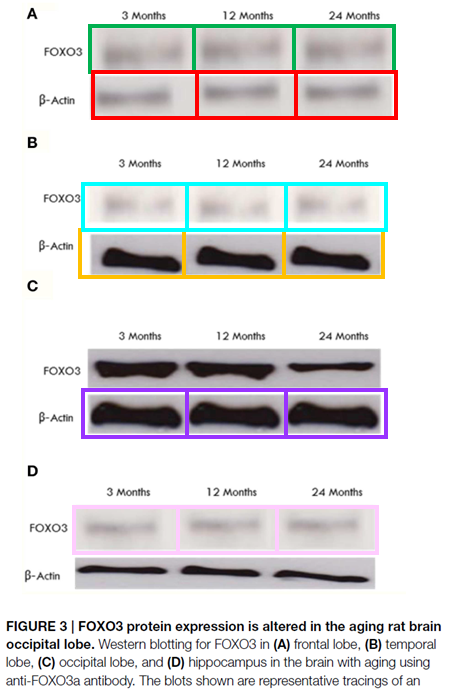
I am sure they will determine that those remaining five papers were not really that impactful to earn Guillemin any career advantage and hence do not warrant any misconduct findings for gift authorship. But what about Guillemin’s wife, who was quoted in The Sydney Morning Herald a year ago:
“Professor Guillemin’s wife Robyn Tolhurst directs the corporate communications company Red Fern Communications, which until recently offered a service in editing research papers. Professor Guillemin was one of her best customers, appearing as a co-author on 14 of the 17 papers on her website.
Ms Tolhurst said Professor Guillemin had been the victim of an inexplicable campaign by Mr Schneider.”
I reported this embezzlement to Macquarie as well, and this is how they decided:
“We found evidence of a minor potential breach of the Macquarie Research Code in relation to Complaint 3 which we have referred to the Executive Dean of the Faculty of Medicine Health and Human Sciences for ongoing management, including a review of local procedures for:
i. declaration and management of conflicts of interest and
ii. approvals related to use of research funds.”
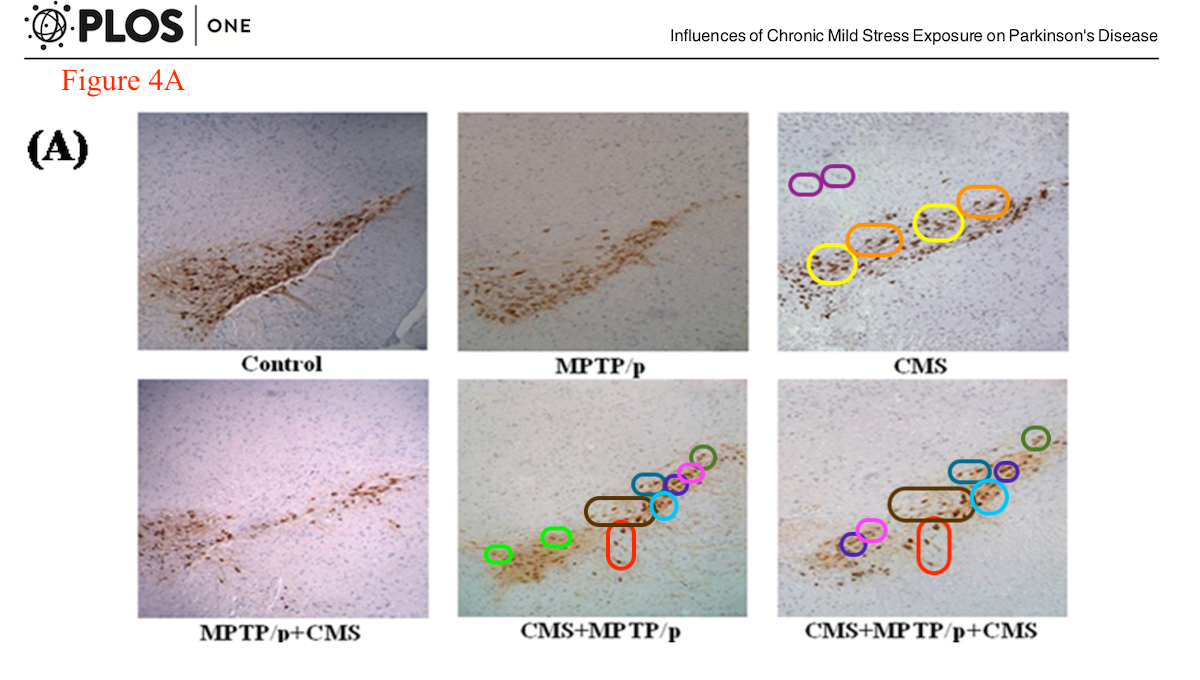
Nothing, just a slap on the wrist. This is Guillemin’s punishment:
“the Pro Vice Chancellor Research Services has determined that it is appropriate to implement some corrective and precautionary measures pending conclusion of an investigation. These include requiring Professor Guillemin to take all necessary steps to ensure correction of the public record, participate in targeted research integrity refresher training, maintain full and clear authorship planning and contribution documentation and submit research outputs to additional Faculty-level screening prior to publication”
Normally such whitewashing reports are not sent to notifiers and journalists, because they are too embarrassing. Maybe the Macquarie folks are just dim. Maybe they will send lawyers after me to have this content removed. Good luck, and up yours.
Some of Guillemin’s papers are still under investigation by the University of New South Wales (UNSW), where his co-authors are employed. Expect little, from experience:
The Lancet, UNSW and Khachigian’s cancer cure
A dishonest cancer researcher. A dud cancer drug based on rigged lab data. A clinical trial in The Lancet. A greedy university which finds no misconduct. And a medical journal which tramples over patients.
Guillemin is drawing new research grants, trains new PhD students, and travels the world to celebrate his research. His university loves him, and they hate people who slander such great scientists.
Hallmarks of Fraud
How did we miss Guido Kroemer and Carlos Lopez-Otin, two best friends and two of the most notorious research cheaters in biomedicine. The former is a German in France who never retracted a paper despite EIGHTY entries on PubPeer, the latter a former star of Spanish science who retracted 9 papers, murdered 5000 mice and hid in Paris with Kroemer’s for months before he returned to his University of Oviedo to play an Opus-Dei-annointed martyr and to sue his critics. Basically, two rotten scientists from hell whom nobody except their fellow cheaters will want to touch with a barge pole. No wonder that Kroemer’s other best friend is the chloroquine quack Didier Raoult (Kroemer’s wife and fellow cheater Laurence Zitvogel heads the board of Raoult’s institute in Marseille).
Lopez-Otin and Kroemer: birds of a feather flock together
Following my reporting, the cancer researcher Carlos López-Otín abandoned his ERC-funded 36-member-strong “Degradome” lab at the University of Oviedo in Spain and moved in with his collaborator in Paris, France, Guido Kroemer. Yet Lopez-Otin’s data integrity issues seem as poppycock compared to what Kroemer and his life partner Laurence Zitvogel dished out to the scientific…
The Passion of Don Carlos
I obtained a partial script of a stage play which recently premiered in Paris: “La Passion de Don Carlos”. Any similarities with Spanish or French cancer researchers are entirely coincidental.
Kroemer received an award in Italy some years ago and that caused a scandal. He doesn’t seem to feature in news (recall Le Monde in 2014!) or be invited to conferences anymore. Lopez-Otin has a very song support among fellow cheaters and among far-right sociopaths in Spanish academia and politics, but outside of the country everyone generally despises him now. But not Elsevier’s elite journal Cell, which must cultivate its reputation as a toxic fraud factory where no fake papers gets retracted and every fraudster remains welcome.
So behold, the 10 year anniversary instalment of the Carlos & Guido classic, Hallmarks of Aging!
Carlos López-Otín , Maria A. Blasco , Linda Partridge , Manuel Serrano , Guido Kroemer Hallmarks of aging: An expanding universe Cell (2023) doi: 10.1016/j.cell.2022.11.001
Because St Carlos of Oviedo is like Jesus and because Jesus had 12 disciples, the paper postulates 12 Hallmarks of Aging:
“These 12 distinctive aging traits were as follows: i) genomic instability, ii) telomere attenuation, iii) epigenetic changes, iv) forfeiture of proteostasis, v) macroautophagy disablement, vi) deregulation of nutrient sensing, vii) dysfunctioning of mitochondria, viiI) cellular aging, ix) stem cell fatigue, x) modulated intercellular dialogue, xi) dysbiosis, and xii) chronic inflammation.”
It advises you to take NAD+ supplements, spermidine, metformin and other anti-aging trash.
Scientifically, this exercise in pathetic supplement industry shilling is beyond worthless, even more than the original from 2013. The only purpose this Cell paper serves is to prop up two broken careers of two toxic old white men, just like the previous shitposting in Cell, Kroemer & Lopez-Otin Hallmarks of Health 2021, was.
I was surprised about the coauthors though, which remain the same on both 2013 and 2023 papers. Linda Partridge is a creepy old dame (yes, she is a Dame of the British Empire) doing irrelevant something in the overpaid obscurity of London (UK) and Cologne (Germany), a perfect company for Carlos & Guido. But the two Spanish scientists Maria Blasco and Manuel Serrano are very famous biomedical researchers. Sure, their anti-aging research is not free from hype and bullshit, but they were not known to be associated with outright fraud before. I wrote to Blasco and Serrano, but received no reply. Maybe Lopez-Otin’s Opus Dei friends abducted Blasco’s and Serrano’s families and demanded a Cell paper for their St Carlos of Oviedo or else?
I hope the impressive publication record of Carlos & Guido in Cell motivates you to continue kissing the sweaty arses of Cell Press editors in the hope to once publish there?
Btw, there is also another fresh steaming Carlos & Guido Hallmarks turd in another Cell Press journal, this time with some obscure Italians:
Carlos López-Otín , Federico Pietrocola , David Roiz-Valle , Lorenzo Galluzzi , Guido Kroemer Meta-hallmarks of aging and cancer Cell Metabolism (2023) doi: 10.1016/j.cmet.2022.11.001
Problem is, the anti-aging experts Carlos & Guido refuse to age gracefully. You can scare little PhD students with their mugs.
Count Fakula discovers an Anti-Aging Mechanism
Speaking of toxic old white men. Everyone knows the zombie scientist Michael Karin, professor at UCSD, a massive researcher cheater and an utter creep. All of his cancer research is fake. All of it, every random paper he co-authored. Totally fraudulent. Public knowledge for many years:
AACR conjures undead Count Fakula Michael Karin
What better distraction than the COVID-19 pandemic to revive one of the spookiest parasites in cancer research? AACR uses the COVID-19 cover to award Michael Karin, for his over 50-paper-strong record of data fakery.
So what kind of message is this elite journal of Nature family sending here?
Alessio Lanna, Bruno Vaz , Clara D’Ambra , Salvatore Valvo , Claudia Vuotto , Valerio Chiurchiù , Oliver Devine , Massimo Sanchez , Giovanna Borsellino , Arne N. Akbar , Marco De Bardi , Derek W. Gilroy, Michael L. Dustin, Brendan Blumer , Michael Karin An intercellular transfer of telomeres rescues T cells from senescence and promotes long-term immunological memory Nature Cell Biology (2022) doi: 10.1038/s41556-022-00991-z
Karin’s British collaborators at UCL issued a press release titled “Scientists Discover an Anti-Aging Mechanism” which involves injections of exosomes:
“On discovering the new ‘anti-aging’ mechanism, the same research team established that telomere extracellular vesicles can be purified from the blood, and, when added to T cells, present anti-aging activities in immune systems from both humans and mice.
The researchers discovered (in human cells and mice) that the purified extracellular vesicle preparations may be administered alone or in combination with a vaccine and this extended durative immune protection that, in principle, may avoid the need for revaccination.
Alternatively, the ‘telomere donor’ transfer reaction can be boosted directly in cells. While much more research is needed, the scientists say this illustrates the possibilities of new forms of prophylactic (preventative) therapies for immune senescence and age.”
The paper mentions that Karin’s collaborator, the UCL honorary professor Alessio Lanna, “is the founder of Sentcell and Electra Life Sciences Ltd“. The latter company doesn’t have an online presence yet, but Sentcell advertises with “compounds […] to improve healthspan, resulting in a consequent increase in human lifespan for all“. Its sole advisory board member Karin declares however in the paper to have “no present competing interests“.
Lopez-Otin and Daley retract Nature Cell Biology paper
The 2015 Nature Cell Biology paper by the Spanish cancer researcher Carlos Lopez-Otin and his US partner George Q Daley, stem cell titan and dean of Harvard Medical School, is being retracted. First author and Lopez-Otin’s student Clara Soria-Valles caused Daley even more trouble: her next groundbreaking paper was meant to be already published, but…
But of course if you accept a paper from Karin and his academic breed, you will end up with fakes. Nature Cell Biology asks authors to upload raw data, and a number of cheaters got entangled in that before, like Carlos Lopez-Otin together with Harvard’ Medical School’s Dean George Daley.
Also in this case.


I informed the journal. Maybe they will issue a correction about Karin’s COI and those weird repetitive numbers, to reassure us that no conclusions were ever affected in the process of forging of this study.
Your paper was rejected by Nature Cell Biology, right, dear reader? Loser.
Stop 90% of Cancer Deaths
How about a paper in Nature, by someone who shoudl be blacklisted from publishing even in Scientific Reports? Here is a press release by University of Alberta, modestly and totally hype-free titled “New Study Uncovers Potential Target for Stopping 90% of Cancer Deaths“:
“According to a study published in Nature, an international team of researchers has identified a mechanism that allows cancer cells to spread throughout the body. They found that cancer cells move faster when they are surrounded by thicker fluids, a change that occurs when lymph drainage is disrupted by a primary tumor.
These findings provide a potential new target for stopping metastasis, which is responsible for 90% of cancer deaths.”
This is the groundbreaking Nature paper which is expected to save millions of lives:
Kaustav Bera, Alexander Kiepas, Inês Godet, Yizeng Li, Pranav Mehta, Brent Ifemembi, Colin D. Paul, Anindya Sen, Selma A. Serra, Konstantin Stoletov, Jiaxiang Tao, Gabriel Shatkin, Se Jong Lee, Yuqi Zhang, Adrianna Boen, Panagiotis Mistriotis, Daniele M. Gilkes, John D. Lewis, Chen-Ming Fan, Andrew P. Feinberg, Miguel A. Valverde, Sean X. Sun and Konstantinos Konstantopoulos, “Extracellular fluid viscosity enhances cell migration and cancer dissemination” Nature (2022) DOI: 10.1038/s41586-022-05394-6
A University of Alberta professor named John D. Lewis is quoted, who is, don’t laugh a “Bird Dogs Chair in Translational Oncology”. We are informed that the “Lewis lab was invited to join the project led by researchers at Johns Hopkins University, because of its expertise“. Now here is the Johns Hopkins professor Kosta Konstantopoulos‘ actual expertise, which is, well, fake science, with 16 papers on PubPeer which Nature never bothered to notice. Read here:
Bloch and the Greek Horrors
“Wrong again Do you have a problem?” – Bob Bloch
To be fair, the real artist in the family is Kosta’s wife Kati, full name Aikaterini Kontrogianni‐Konstantopoulos, professor at the University of Maryland. In August 2022, the Vice Provost and Research Integrity Officer of the Johns Hopkins University confirmed receiving my notification of suspected research misconduct regarding Kosta’s research. I guess with this Nature paper the university’s investigation, if there ever was one, has been terminated.
And that is not all. A coauthor of that Nature paper is Johns Hopkins tenure-track researcher Daniele Gilkes, who urgently needed a Nature co-authorship to save her career because she is the prime suspect for massive data forgery in papers of her mentor, the Nobel Prize winner Gregg Semenza. Together Gilkes and Semenza already retracted some papers in PNAS. Read the main story here:
Gregg Semenza: real Nobel Prize and unreal research data
“Even after people have been telling you for, you know, 20 years or more that it’s going to happen, no one expects it.” -Gregg Semenza, Nobel Prize winner 2019
Yeah right, these people cured cancer in Nature. And you dear reader, still motivated to go back to your lab? There might be a Scientific Reports future for you!
Errors in the preparation
Just when you think all is lost and research fraud has no consequences but financial reward, academic respect and media admiration, some white male US cheater previously considered safe and cushy gets slapped with a retraction.
I hope there will be more for the mTOR cheater and David Sabatini‘s buddy, John Blenis, professor at Weill Cornell. Read about him here:
mTOR: conclusions not affected?
David Sabatini, remember that story? Well, it seems the conclusions were not affected. I take an ill-informed look at the mTOR signalling research field, to understand how photoshopped data gets to be independently verified by other labs.
Here is Blenis’ newly retracted paper:
Jing Li , Alfredo Csibi , Sun Yang , Gregory R. Hoffman , Chenggang Li , Erik Zhang , Jane J. Yu, John Blenis Synthetic lethality of combined glutaminase and Hsp90 inhibition in mTORC1-driven tumor cells Proceedings of the National Academy of Sciences (2015) doi: 10.1073/pnas.1417015112

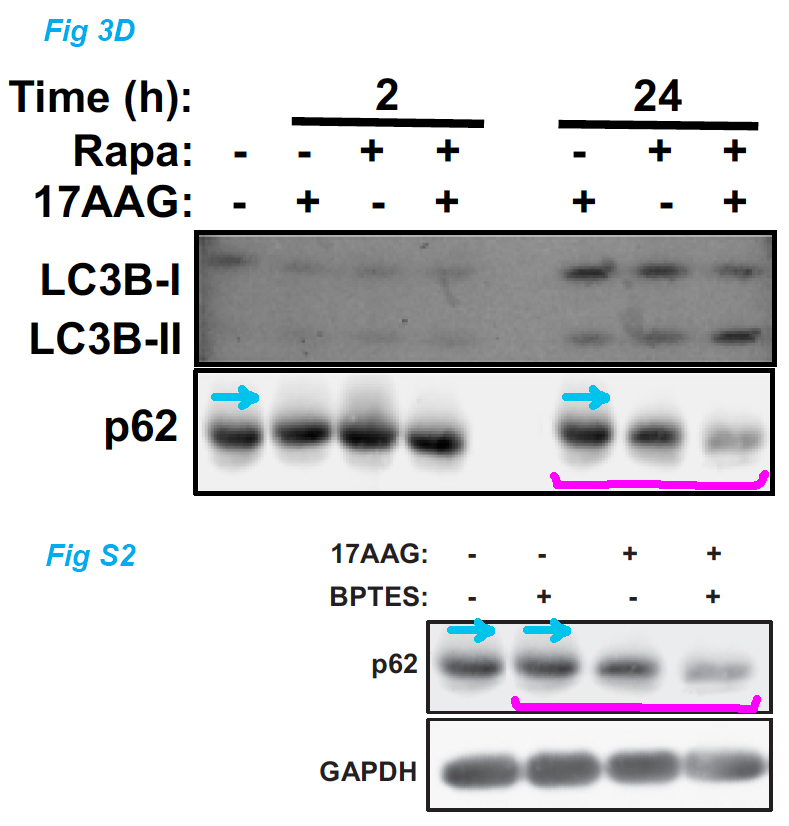

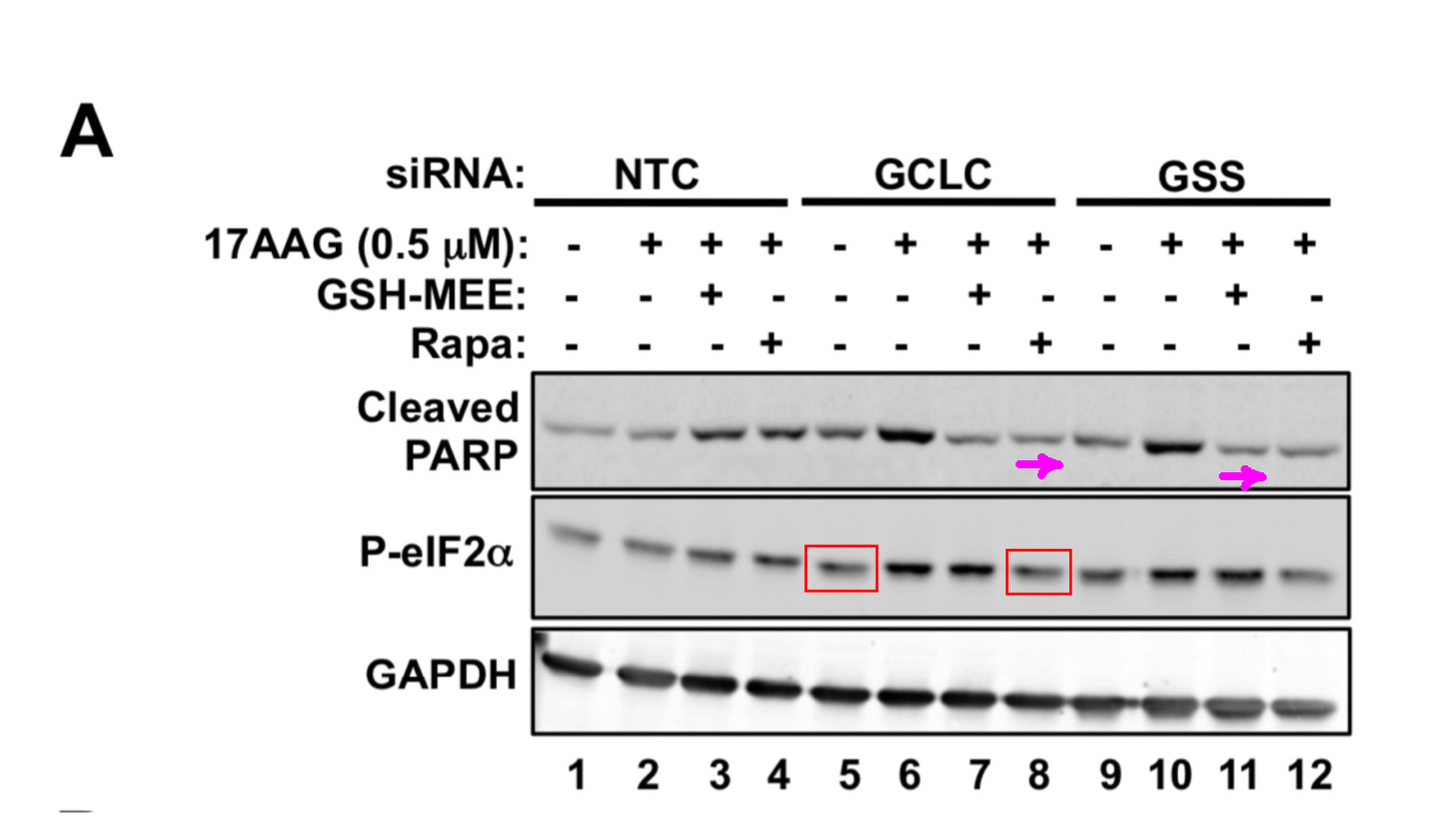
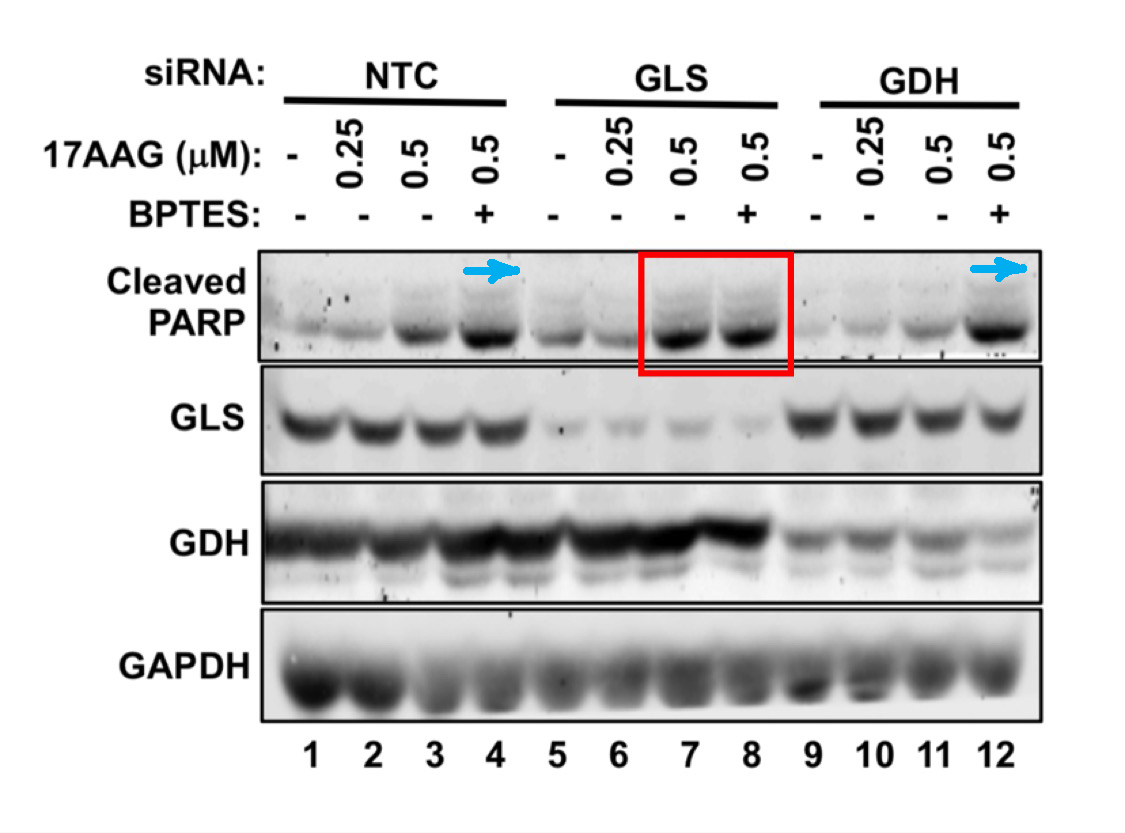
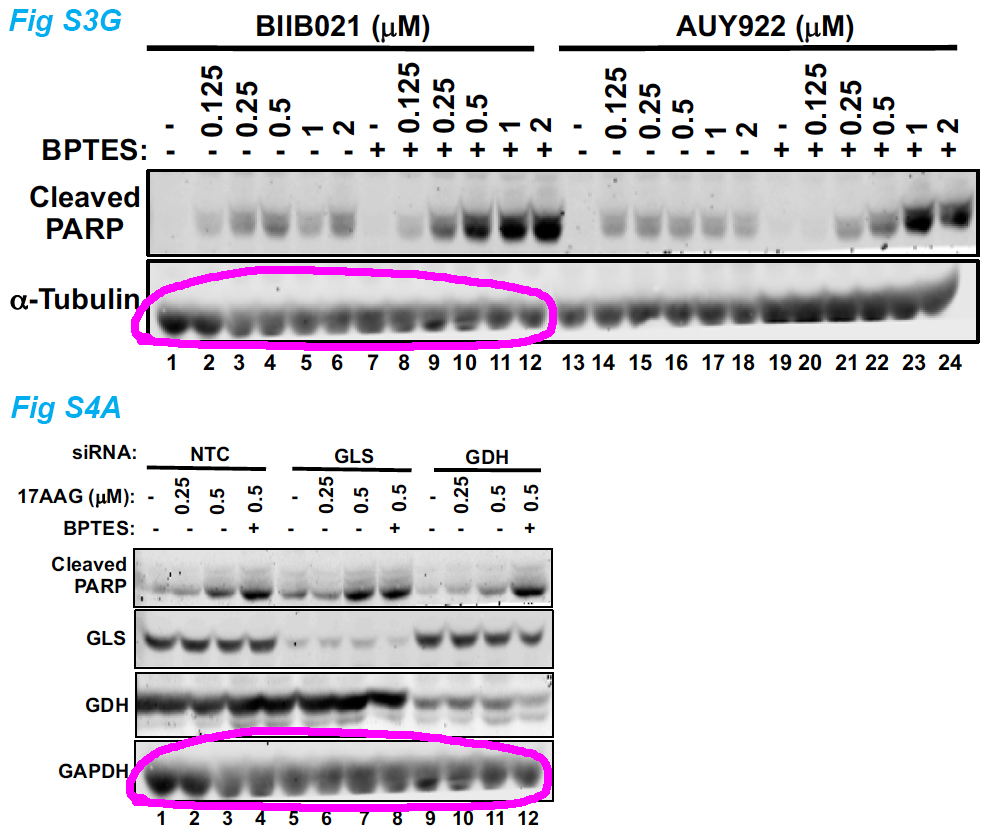
The January 2023 retraction notice declared:
“The undersigned authors note, “We are retracting this article due to the following errors in the preparation of several of the published figures. The same data appear to be presented in the +Rapa/+17AAG/48h panel of Fig. 2A and in the BPTES + 17AAG + NAC (72h) panel of Fig. 5D. In the p62 panels of Fig. 3D and SI Appendix, Fig. S2, the same data appear to be presented in lanes 1 and 5 of Fig. 3D and lanes 1 and 2 of SI Appendix, Fig. S2; in lane 6 of Fig. 3D and lane 3 of SI Appendix, Fig. S2; and in lane 7 of Fig. 3D and lane 4 of SI Appendix, Fig. S2. The same data appear to be presented in lanes 1 to 12 of the α-Tubulin panel of SI Appendix, Fig. S3B and the full GAPDH panel of SI Appendix, Fig. S4A. In the Cleaved PARP of SI Appendix, Fig. S4A, the same data appear to be presented in lanes 4 and 12; and in lanes 7 and 8. In SI Appendix, Fig. S5A, the same data appear to be presented in lanes 8 and 11 of the Cleaved PARP panel. Also in SI Appendix, Fig. S5A, the same data appear to be presented in lanes 5 and 8 of the P-elF2α panel. We sincerely regret any inconvenience to the scientific community this may have caused.”
Jing Li, Gregory R. Hoffman, Jane J. Yu, and John Blenis”
O du lieber Augustine MK Choi
Augustine Choi is Dean of Weill Cornell and a misunderstood genius. He discovered that carbon monoxide is a cure for all possible diseases, just add a bit of Photoshop.
How Andrea Cerutti molested and defiled Journal of Immunology
Spain is where dishonest research gets rewarded, with awards, grants and media fame. No wonder the New York-based immunologist Andrea Cerutti opened a second lab in Barcelona.
It is not just Blenis. Or his Weill Cornell coauthor Lewis Cantley. There is also former Weill Cornell dean Augustine MK Choi, and the toxic duo Andrea Cerutti (now at Icahn Mount Sinai) and Paolo Casali (now at University of Texas). But Weill Cornell’s research integrity officer Thomas H. Blair stopped replying to my emails ages ago. Still, Choi resigned as dean, and Blenis now retracted a paper.

Science breakthroughs
Another victory for Biogen
As you may have heard, the company Biogen, which already successfully cured Alzheimer’s by achieving an FDA approval has successfully cured Alzheimer’s again by achieving yet another approval for their new drug.
Washington Post reported on 6 January 2022:
“The Food and Drug Administration on Friday approved an Alzheimer’s drug that slowed cognitive decline in a major study, offering patients desperately needed hope — even as doctors sharply debated the safety of the drug and whether it provides a significant benefit.
The FDA said the drug, called lecanemab, is for patients with mild cognitive impairment or early dementia because of Alzheimer’s. Theaccelerated approval was based on a mid-stage trial that showed the treatment effectively removed a sticky protein called amyloid beta — considered a hallmark of the illness — from the brain.
A larger trial, conducted more recently, found the drug, which will be sold under the brand name Leqembi, slowed the progression of Alzheimer’s disease by 27 percent.
“This treatment option is the latest therapy to target and affect the underlying disease process of Alzheimer’s, instead of only treating the symptoms of the disease,” Billy Dunn, director of the FDA’s Office of Neuroscience, said in a statement. […]
Shortly after the approval, Eisai, a Tokyo pharmaceutical firm that developed lecanemab with Biogen, a biotech company in Cambridge, Mass., said the price would be $26,500 a year. That’s higher than what some health-care experts said would make the medication cost effective, but less than half the initial price of $56,000 annually for Aduhelm, which was developed by the same two companies.”
A paper with phase 3 trial’s data was published in the elite journal NEJM:
Christopher H. Van Dyck , Chad J. Swanson , Paul Aisen , Randall J. Bateman , Christopher Chen , Michelle Gee , Michio Kanekiyo , David Li , Larisa Reyderman , Sharon Cohen , Lutz Froelich , Sadao Katayama , Marwan Sabbagh , Bruno Vellas , David Watson , Shobha Dhadda , Michael Irizarry , Lynn D. Kramer , Takeshi Iwatsubo Lecanemab in Early Alzheimer’s Disease New England Journal of Medicine (2023) doi: 10.1056/nejmoa2212948
As reminder, everything published in NEJM is absolutely reliable and has been vetted as truthful by world’s greatest experts.
Would Lancet and NEJM retractions happen if not for COVID-19 and chloroquine?
NEJM and The Lancet retract two fake papers, one was dealing with chloroquine. Did we just get a brief glimpse into the fraudulent abyss of medical literature and the corruption of medical elites, briefly opened by the current COVID-19 situation?
Biogen’s and Eisai’s previous Alzheimer’s game-changer, the amyloid beta-directed monoclonal antibody (Aduhelm or Aducanumab) was approved by FDA in June 2021 despite massive opposition from FDA’s own expert panel who noted that the drug performed in clinical trials highly unconvincingly. In April 2022 Biogen withdrew its application with the European Medicines Authority. Their new drug lecanemab is also an amyloid beta-directed monoclonal antibody. Which is perfect because everyone in the research community who is not a fraudster or an idiot knows that Alzheimer’s is unlikely to be caused by amyloid plagues, and the field is mostly based of fraud anyway. Read here:
Sylvain Lesné is a failed scientist
From Lesné’s public shame to successful role models of neuroscience like Aguzzi and Tessier-Lavigne.
Derek Lowe wrote regarding lecanemab in November 2022:
“One reason is that I have become increasingly skeptical that amyloid is in fact the cause of Alzheimer’s disease. It is definitely involved in Alzheimer’s disease, and for many decades the idea that it was causative made a great deal of sense. The eventual explanation for Alzheimer’s etiology is going to have an amyloid component, but (as the common analogy goes) smoke is a component of a house fire, but it is not the reason that houses burn down. It’s possible that amyloid’s relationship to Alzheimer’s is similar.”
Otherwise Lowe didn’t sound enthusiastic about lecanemab at all, and so do many other experts feel, at least those who are not paid by Biogen and Eisai. But then again, Lowe failed to consider that dead people are also 100% free from Alzheimer’s, and lecanemab killed already 3 trial participants, which I assume FDA interpreted as an amazing success rate. As Science reported in December 2022:
“As enthusiasm mounts for a new experimental antibody that appears to slow cognitive decline in some Alzheimer’s patients, a third death linked to the drug during its clinical testing may amplify concerns about its safety. Science has obtained medical records showing a 79-year-old Florida woman participating in an ongoing trial of the antibody died in mid-September after experiencing extensive brain swelling and bleeding, as well as seizures. Multiple neuroscientists who reviewed the records at Science’s request believe her death was likely caused by the antibody, lecanemab. […]
The clinical trial’s sponsor, Japanese biotech Eisai Co., did not divulge the fatality at a major Alzheimer’s meeting last month where it detailed data from lecanemab’s phase 3 trial. The death came in an extension of that trial, but some scientists say it should have still been noted at the conference.”
Since Biogen and Eisai are very experienced in bribing scientists, how sure are we that FDA experts, who approved first Aduhelm and now lecanemab were above pocketing a sweaty wad of cash?
Scholarly publishing
David Bimler or Jennifer Byrne?
Canadian newspaper La Presse brought a French-language article on paper mills, which starts with (translated):
“His name is David Bimler. But he is also known by his detective pseudonym. Clyde. Smut Clyde. A retired psychology researcher from Massey University in New Zealand, he is now a master in the art of spotting scientific fraud.”
How nice, my dear colleague Smut Clyde gets some media credit and coverage. But wait. Why is the article constantly quoting the Australian oncology professor Jennifer Byrne instead?
“In a pre-publication study, David Bimler lists more than 800 articles on MOFs, all of which presumably come from the same firm specializing in scientific falsification. These companies are given the nickname of article factories, or paper mills . They sell their articles, usually stuffed with the results of fabricated experiments, to researchers in desperate search of scientific publications in their name.
The phenomenon is becoming more and more widespread. “The total number of articles published from these factories is difficult to estimate, but I would say that there are still at least 100,000 to be flushed out in the scientific literature”, assesses Jennifer Byrne, professor of molecular oncology at the University. from Sydney, Australia, and also a detective of fraudulent science.”
Polymer Papermillers Taking the Piss
Papermill Industry enters its Logical Growth Phage. Smut Clyde explains what coordination polymer chemistry has to do with chickenshit.
The Chinese Paper Mill Industry: Interview with Smut Clyde and Tiger BB8
Unlike those fake paper mill products, this interview failed editorial review and journal quality control.
Truth is, Byrne, who is being quoted by La Press again and again, had exactly zero to do with this polymer papermill investigation by Smut Clyde, or in fact any other investigation of his, unlike the newspaper insists:
“To find the articles that have slipped through the cracks, David Bimler and Jennifer Byrne collaborate in particular with Elisabeth Bik, a Californian microbiologist who has become a specialist in scientific integrity.”
Not true about Byrne. What actually happened was that Smut Clyde, Bik, and two more pseudonymous sleuths (Tiger BB8 and Morty) uncovered a huge Chinese papermill, logging hundreds of fake papers from a common source. Their investigation was originally published on For Better Science in January 2020:
The full-service paper mill and its Chinese customers
An investigation by Elisabeth Bik, Smut Clyde, Morty and Tiger BB8 reveals the workings of a paper mill. Its customers are Chinese doctors desperate for promotion. Apparently even journal editors are part of the scam, publishing fraudulent made-up science.
It then turned out that Byrne, together with the image analyst Jana Christopher, independently stumbled upon a few (allegedly 17) papers from this same Chinese papermill (also thanks to Christopher’s colleagues at The Royal Society Open Bio journal), and in February 2020 published an editorial in Christopher’s journal FEBS Letters about this. Neither of this duo ever collaborated with Smut Clyde, they never did any other investigations of Chinese papermills, instead they were always loath to acknowledge Smut Clyde’s work while keeping perfectly quiet when all and sundry kept attributing his work to them for the last 3 years.
So the La Press article about Smut Clyde has many quotes by Byrne, some quotes by Bik, plus quotes by someone called Vincent Larivière, his qualification being his title of “Canada Research Chair on the Transformations of Scholarly Communication” at the University of Montreal. But of David Bimler aka Smut Clyde, who has been interviewed: just one quote out of context suggesting he merely picks up on the discoveries of proper experts. By tradition, the outlet where he publishes his work, For Better Science, is unmentionable and verboten.
Btw, the La Presse journalist who penned this article, Philippe Robitaille-Grou did write to me in November 2022:
“For an article about paper mills, I spoke with your colleague David Bimler (Smut Clyde) from For Better Science. I asked for a picture of him and he sent me your drawing (attached). I would therefore like to have your approval to put this image in my article. I would of course mention your name in the credits.“

Because it’s about commercial use by a for-profit newspaper, I asked for a rather small fee (€400) which I planned to split with Smut Clyde. Silence from the journo back then, but now he arrived to educate me what great papermill investigators Byrne and Lariviere are. Imagine if Byrne drew cartoons, how much money she would make with those now…
Prof Dr Sauer on a mission
In Germany, the nation’s top expert for batteries and green energy transition is apparently on a mission to flood science with papermill fraud. I can’t tell you why he does it, maybe Elsevier pays him for the number of papers he accepts, and you know that a certain kind of professors can never have enough money despite their hefty salaries and even heftier-paid side jobs and industry gigs. Maybe it’s a mental disorder, like with some firemen who secretly start fires in order heroically arrive to extinguish them afterwards.
But Prof Dr Dirk Uwe Sauer of RWTH Aachen, the Editor-in-Chief of Elsevier’s Journal of Energy Storage (Impact Factor 8.907), doesn’t extinguish the fires he started. His journal eagerly accepts papermill forgeries, even opening up new special issues run by guest fraudsters. There seem to be no plans to retract those fake papers.
Maybe stop accepting submissions, Herr Prof Dr Sauer?
Who needs science if you can have a 75 paper strong special edition by Afrand and Karimi? A guest post by Alexander Magazinov.
So what was Prof Dr Sauer up to most recently? Alexander Magazinov wrote this:
Adding insult to injury, what is this call for papers?
Recent Advances of Artificial Intelligence and Computational Methods in Modeling of Thermal/Electrical Energy Storage Systems
Guest editors:
Dr. Akbar Maleki, Assistant Professor
Mechanical Engineering, Shahrood University of Technology, Shahrood, Iran
a_maleki@shahroodut.ac.irDr. Mostafa Safdari Shadloo, Associate Professor
CNRS-University and INSA of Rouen, Normandie University, Rouen, France
msshadloo@coria.frDr.-Ing. Weihan Li
RWTH Aachen University, Aachen, Germany
weihan.li@isea.rwth-aachen.de—So, no one apparently bothered to check the background of the editors. The most notorious of them, Shadloo, by the way, scooped at least 49 citations from the “special issue” by Karimi and Afrand, so with minimal professionalism his name was very easy to pick up. But then again, maybe phrase-torturers are the most welcome editors in Journal of Energy Storage?”
Babak Aghel , Sara Behaein , Somchai Wongwises , Mostafa Safdari Shadloo A review of recent progress in biogas upgrading: With emphasis on carbon capture Biomass and Bioenergy (2022) doi: 10.1016/j.biombioe.2022.106422
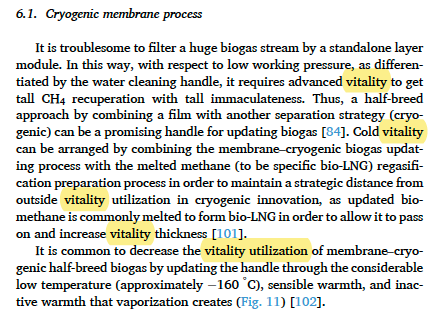




half-breed approach – hybrid approach
vitality thickness – energy density
inactive warmth – latent heat
The call for papers was issued on 10 October 2022. The editor Weihan Li is listed by RWTH as “Junior Research Group Leader Machine Learning for Batteries” at the “Chair for Electrochemical Energy Conversion and Storage Systems”, and you won’t win a prize for guessing who Li’s Chair is.
German Authorities on Papermills and Whistleblowing
“I am not familiar with Iranian papermills!” – Prof Dr med Henning Madry, Saarland University.
Even outside of special issues, the manure continues to flow into Journal of Energy Storage. Here a freshly pressed Chinese papermill turd, co-authored by a russian pig sty expert (sic!):
Daifen Chen , Yanlong Zhu , Shuo Han , Lysyakov Anatoly , Makeey Andrey , Liu Lu Investigate the effect of a parallel-cylindrical flow field on the solid oxide fuel cell stack performance by 3D multiphysics simulating Journal of Energy Storage (2023) doi: 10.1016/j.est.2022.106587
After some emails Prof Dr Sauer, so far unresponsive, suddenly informed me to be extremely busy and that he will reply later on. The call for papers remains open!
Russkiy Mir at Elsevier and MDPI
Alexander Magazinov presents you two russian professors whom Elsevier and MDPI consider respectable: a Lt Colonel of putin’s mass-murdering army, and a machine-gun totting rascist. Both buy from papermills.
News in Tweets
- Carlo Croce, the unsackable Ohio State fraudster, is being sued by his own lawyers for not paying them when he unsuccessfully sued the New York Times and David Sanders for accusing him of authoring his own papers. Instead of paying his lawyers, Croce bought more baroque art, which is most likely just as forged as his own research, that’s why he can’t sell it to pay his debts.
Croce begat Calin, and Calin begat Girnita…
An academic dynasty of bad cancer research.
- Lots of fake science in the papers by Eliezer Masliah (by now 25 entries on PubPeer), UCSD professor and director of the Division of Neuroscience at the National Institute on Aging by NIH. Especially this one is bad, Hassen et al 2018. Masliah wrote to me: “I’m limited as the lab closed years ago, but I take this very seriously and I will make every effort to identify the source of the potential problem and respond.”
- Frank et al 2022: “Here we review 456 studies published by the IHU Méditerranée Infection (Marseille, France) and identify a range of issues with the stated authorization of the research, ethically and potentially legally. Of these, 248 were conducted with the same ethics committee reference, even though the subjects, samples and countries were different. Thirty-nine did not even contain a reference to the ethics committee while they contain research on human beings.”
Didier Raoult fraud: “Je ne regrette rien”
One year on: more fake data, financial fraud and illegal and falsified clinical trials by the chloroquine guru Didier Raoult.
- Frontiers uneasy about the totally insane excretion by Wakefield-in-Drag, the quacking antivaxxer Sabine Hazan, titled: “Microbiome-Based Hypothesis on Ivermectin’s Mechanism in COVID-19: Ivermectin Feeds Bifidobacteria to Boost Immunity” (Received: 25 May 2022; Accepted: 10 June 2022). So embarrassed that Frontiers hid the Expression of Concern where it can be barely seen.
Ivermectin now against COVID-19, because
Dr Peter McCullough, Dr Sabine Hazan, and other ivermectin quacks. Follow Smut Clyde’s descent to the antivaxxer hell.
- A handy list on supporters of David Sabatini in this thread, based on the GoFundMe campaign by one of his data-fudging minions. If you join the labs of Sabatini’s donors and supporters, prepare to tolerate research fraud and/or sexual predation. But on the other hand, you will publish in fancy journals!
The Sex Privileges of mTORman David Sabatini
“The Plaintiff is Professor Sabatini […] the self-described powerful senior scientist, who had demanded sex of her when she was a graduate student ending her studies and about to start a fellowship at the Whitehead, in a program Sabatini would direct. […] And it is the man who had made it clear – throughout her…
- Smut Clyde’s thread about the many predatory publishers which budded of OMICS, ending with “Anyway, here’s a recent paper from AJPHPM, with a fictional author in Texas studying COVID-19 in the UK: https://ajpmph.com/ajpmph-articles/sarscov2-delta-variants-are-associated-with-a-higher-risk-of-protracted-covid-than-omicron-variants-93350.html It is surprisingly coherent for work by a fictive identity, on account of being plagiarised from a paper in Lancet.“
- Those papermillers do have humour!
I thank all my donors for supporting my journalism. You can be one of them!
Make a one-time donation:
I thank all my donors for supporting my journalism. You can be one of them!
Make a monthly donation:
Choose an amount
Or enter a custom amount
Your contribution is appreciated.
Your contribution is appreciated.
DonateDonate monthly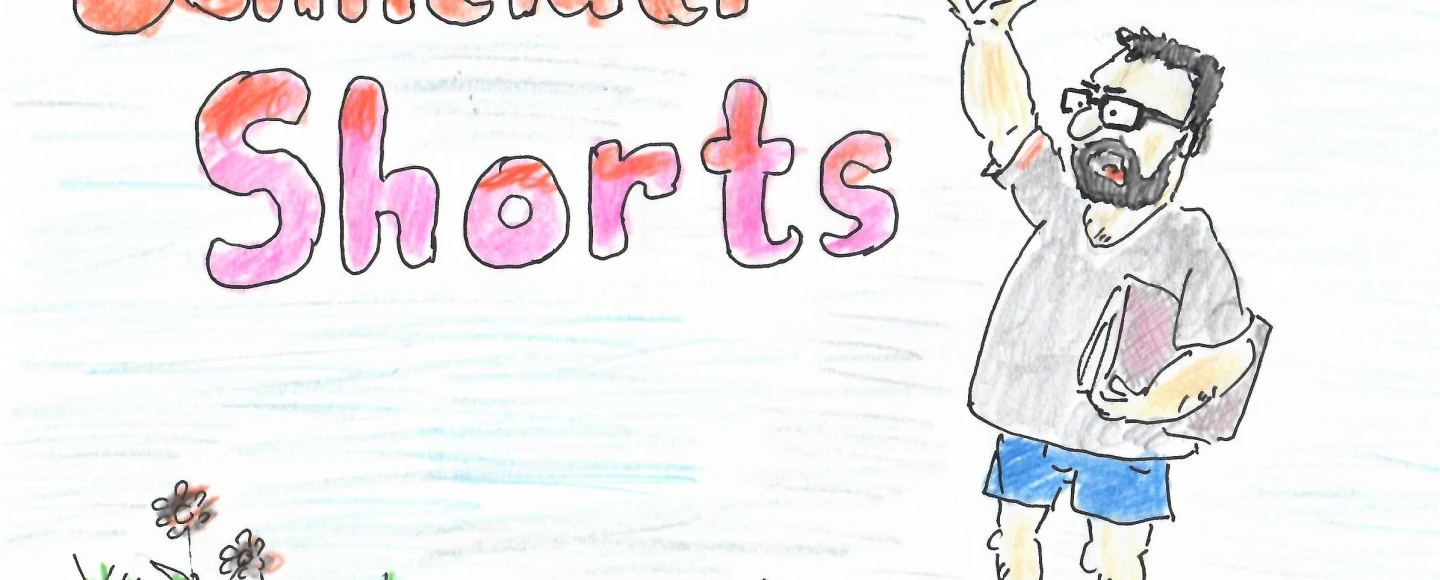





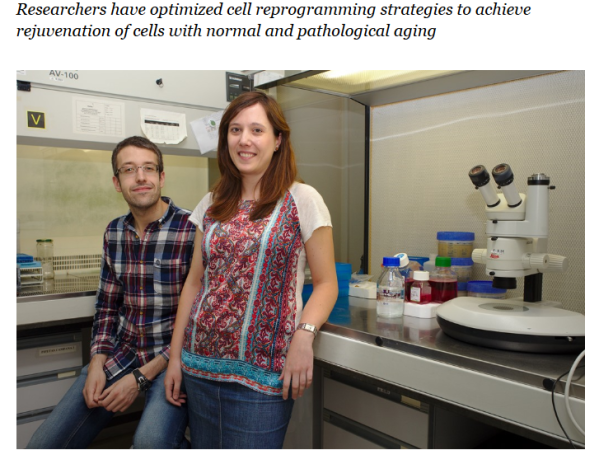

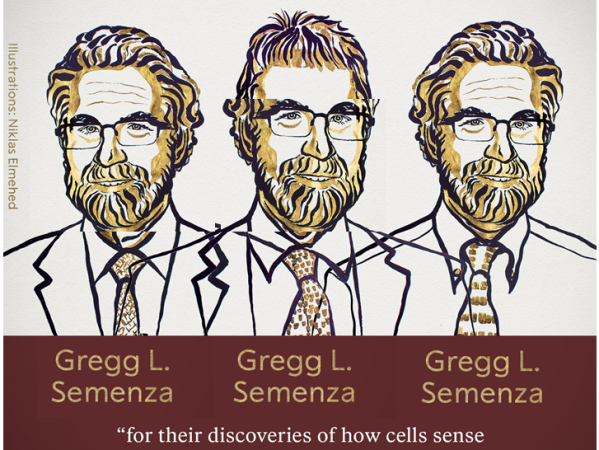



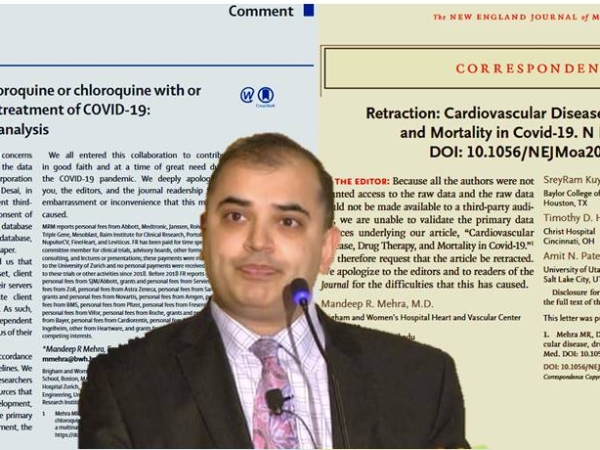


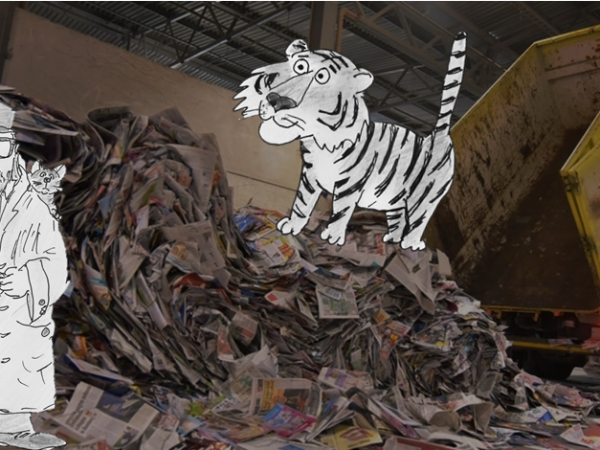
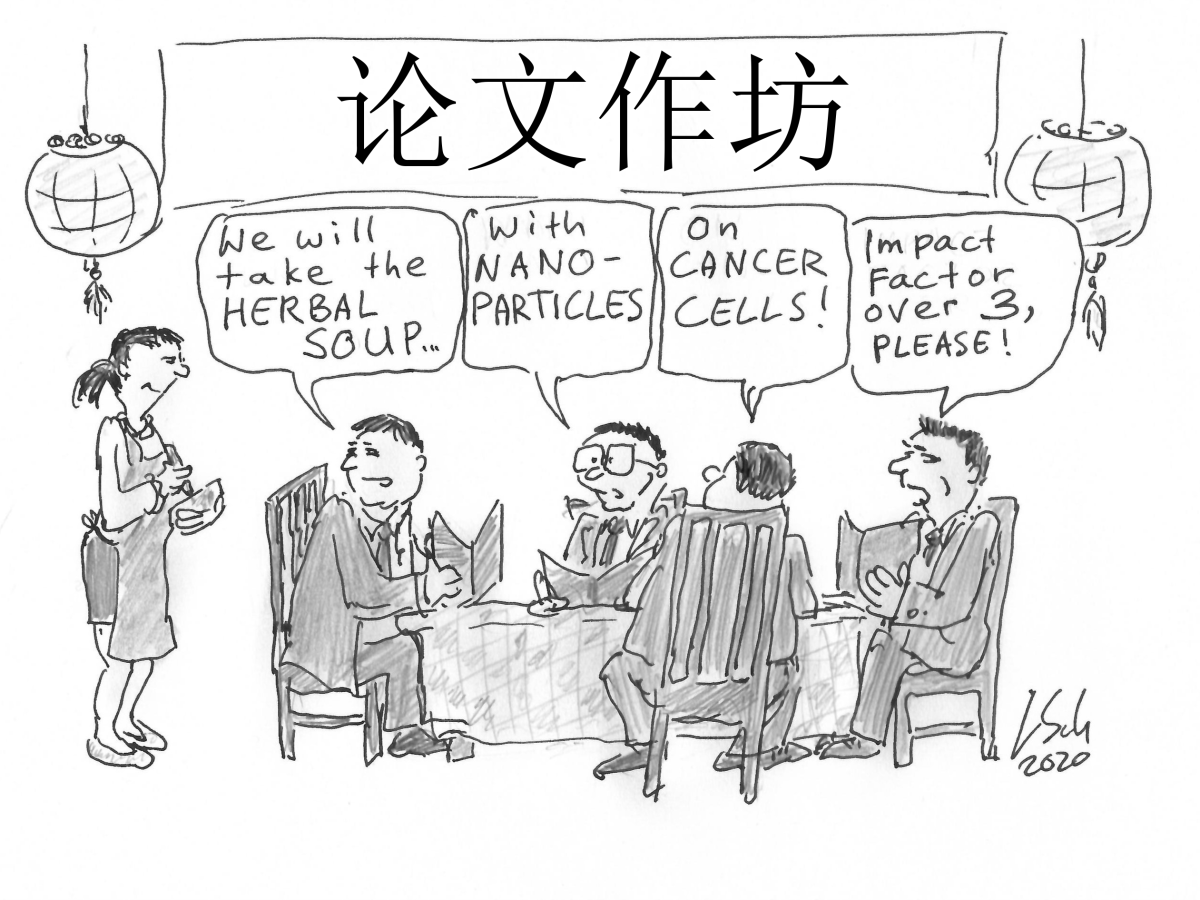
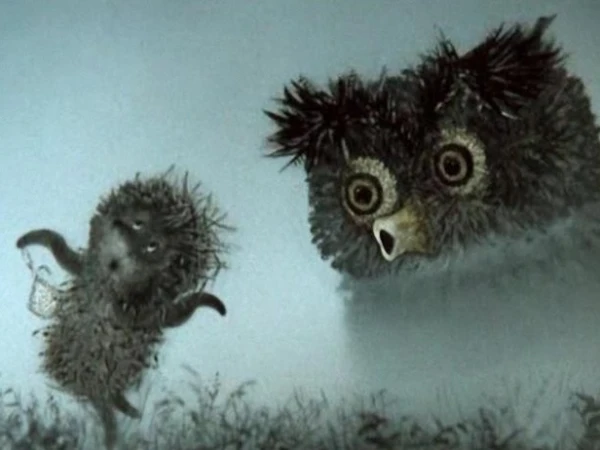



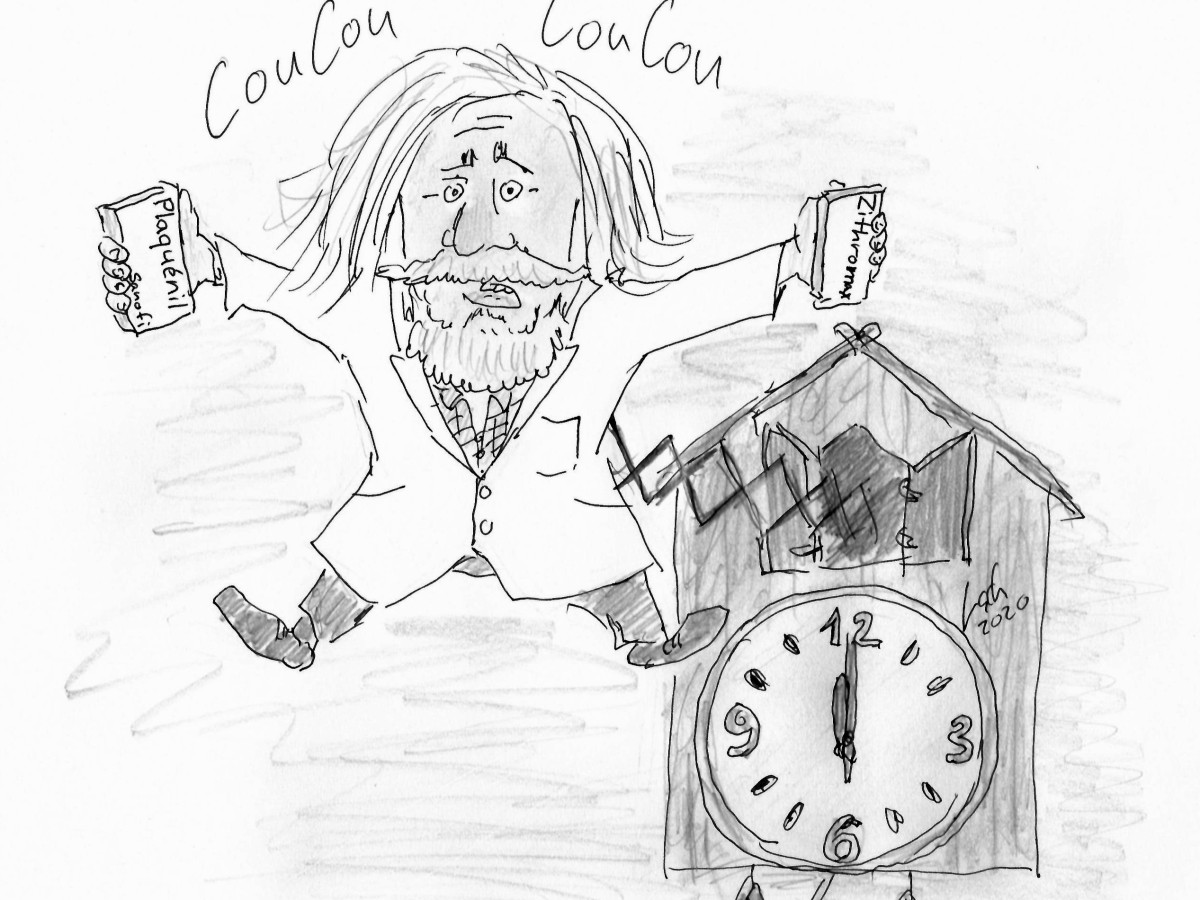

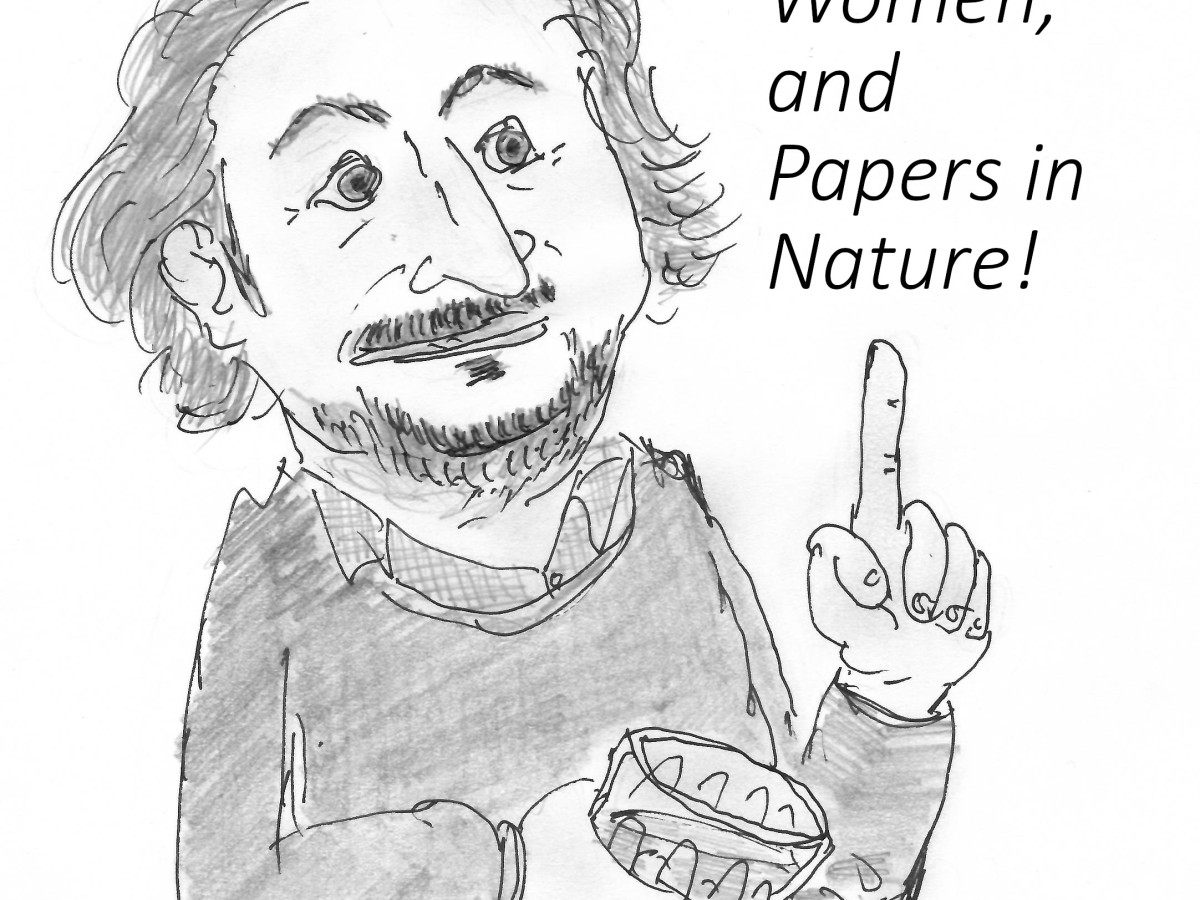

Guillemin was paying his wife to help him write his papers using public funds and.. they just gave him a talking to?
That’s fucking corrupt.
LikeLike
Yes, one would think. But obviously, it’s just business as usual. Not only in research.
You need to adjust your “moral compass” or you’ll end up like those self-righteous conspiracy theorists who believe something is wrong in science and research.
LikeLike
You’re asking a lot of Macquarie University, which after all is named after someone who personally owned slaves, killed thousands from India to Australia, and initiated the policies of extermination and forced assimilation (including kidnapping of children) that set the aboriginal population and culture into precipitous decline. I’d say they are living up to that legacy here.
LikeLike
And I thought they were just stupid and even mistyped their own name, Aquarium University.
LikeLike
hi Leonid,
See https://dub.uu.nl/nl/nieuws/uu-trekt-doctorsgraad-na-schending-wetenschappelijke-integriteit (in Dutch) and https://www.universiteitenvannederland.nl/files/documenten/Wetenschapp.integriteit/UU_2022_Manipulation_and_fabrication_of_data_in_scientific_publications_that_are_part_of_PhD-thesis.pdf and https://www.uu.nl/en/news/utrecht-university-withdraws-doctoral-degree-granted-in-2008
It seems to me that it must be quite easy for you to locate the relevant details.
LikeLike
Maybe someone from Pankaj Dhonukshe gang? https://retractionwatch.com/2014/02/25/utrecht-university-finds-violation-of-academic-integrity-by-former-researcher/
LikeLike
Some one is fine, despite her dubious history.
https://www.facebook.com/MayaSalehLab/
LikeLiked by 1 person
What is the dubious history?
LikeLike
Maya Saleh’s dubious history: a nature paper with clearly fradulent figures that is not being retracted.
https://retractionwatch.com/2013/01/25/mcgill-committee-says-nature-figures-were-intentionally-contrived-and-falsified/
LikeLike